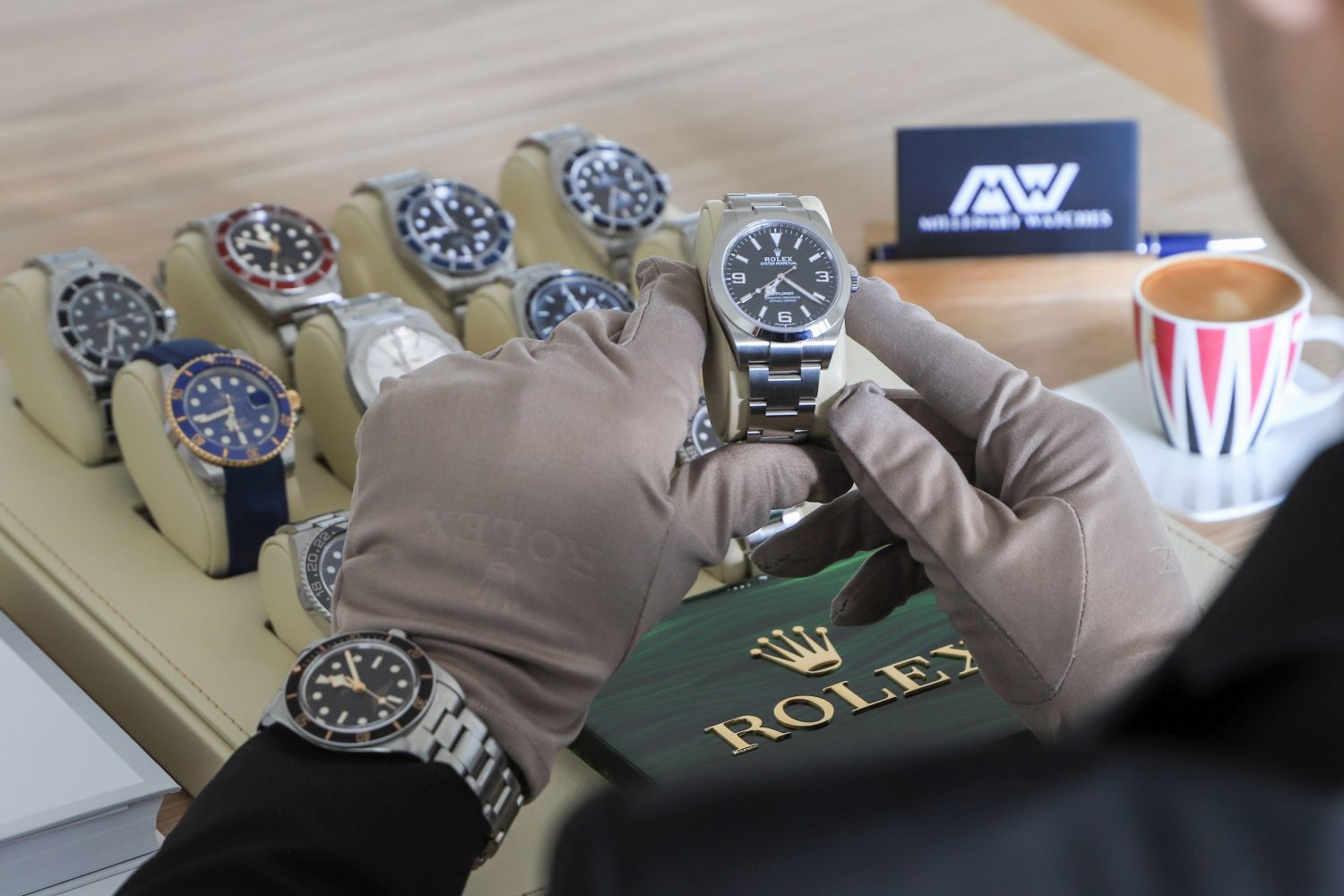
How Long Does it Take to Make a Rolex?
Together with the question ”how many watches does Rolex make per year”, this is probably one of the most asked questions about Rolex.
And it is a very interesting question because of the fact that Rolex as a company is very secretive and does not share a lot of internal information with the public. A reason for this is of course that the company is private and owned by the Hans Wilsdorf Foundation. This means that the company does not need to communicate information to its shareholders.
If you look up how long it takes to make a Rolex, you will find all kinds of answers ranging from anywhere from a day to a year. But what is the answer? And even if we cannot find the exact answer, can we find something that is as close to reality as possible?
In this article, we’ll discuss how long it takes to make a Rolex. And please note that we write ”discuss”, as Rolex has not gone out with any official information regarding the production time of a single timepiece.
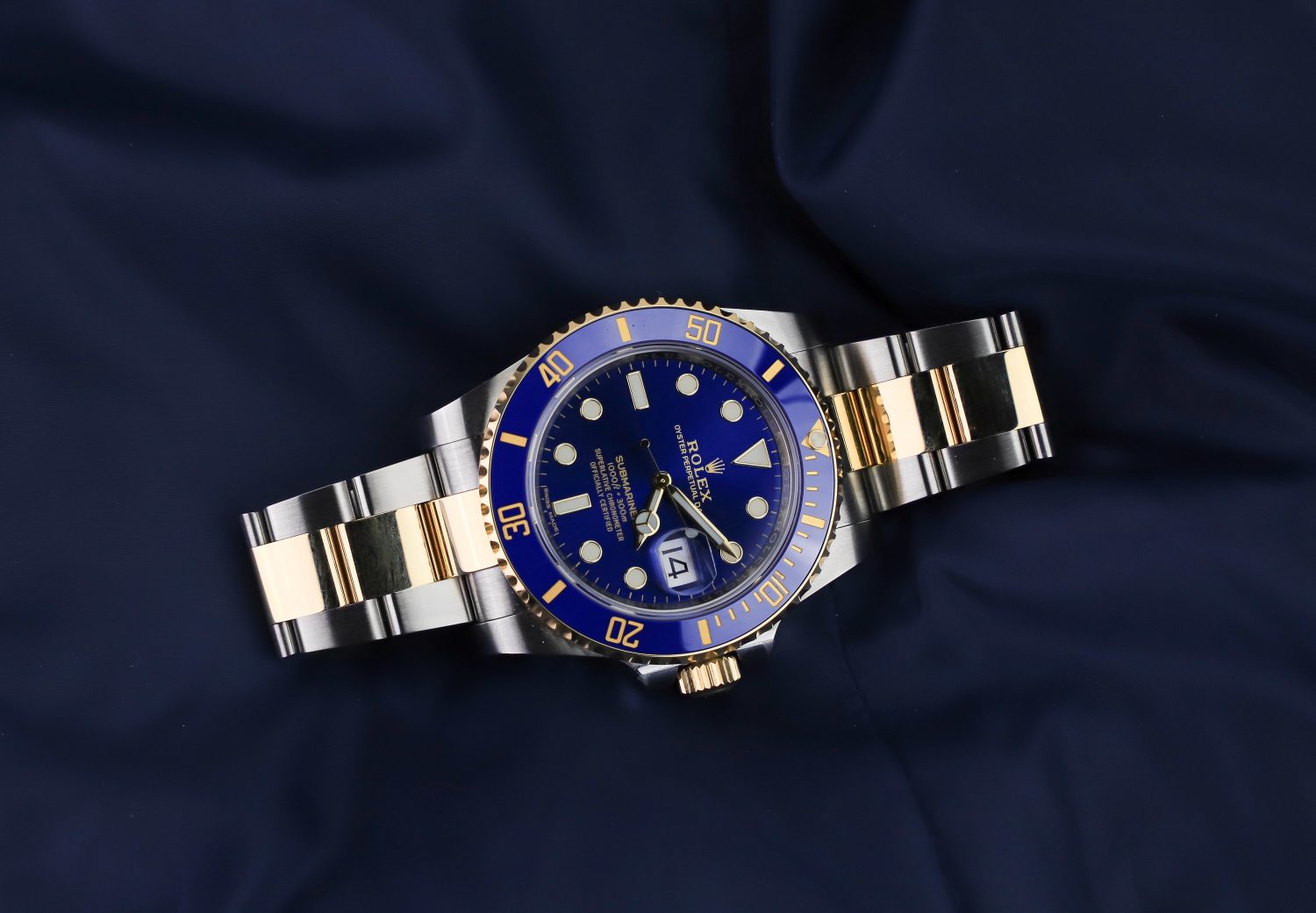
How long does it take to make a Rolex?
Let’s start with what Rolex themselves say.
In a few vintage advertisements, Rolex has stated that it takes a year to make a Rolex.
But it is enough to know roughly how many watches Rolex produces per year to realize that the actual build time for each and every single watch coming out of the Rolex factory is not one year. The numbers would simply not add up.
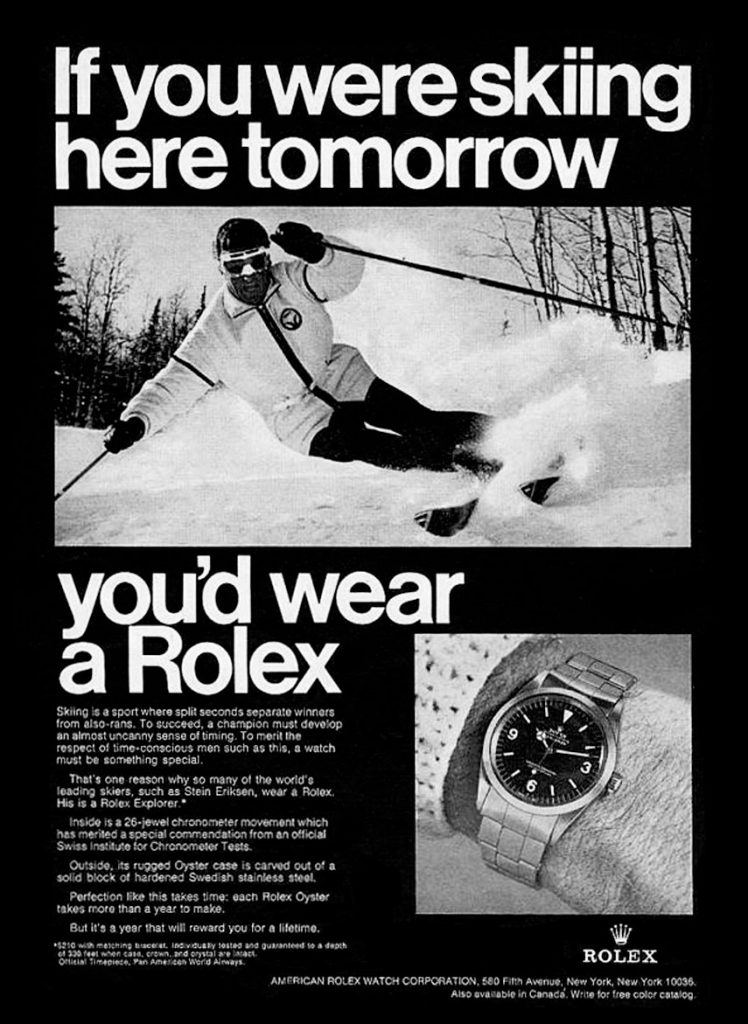
In the advertisement, it says ”Outside, its rugged Oyster case is carved out of a solid block of hardened Swedish stainless steel. Perfection like this takes time: each Rolex oyster takes more than a year to make.”
Now, first off, let’s have in mind that Rolex made this advertisement several decades ago, which means that you can expect that Rolex has streamlined its production chain since then in order to manufacture a timepiece. This means that the production time for a Rolex timepiece has been streamlined over the decades, and parts of the chain have been automated and managed by machines, even though a large part of Rolex’s production is still managed by hand to ensure perfection.
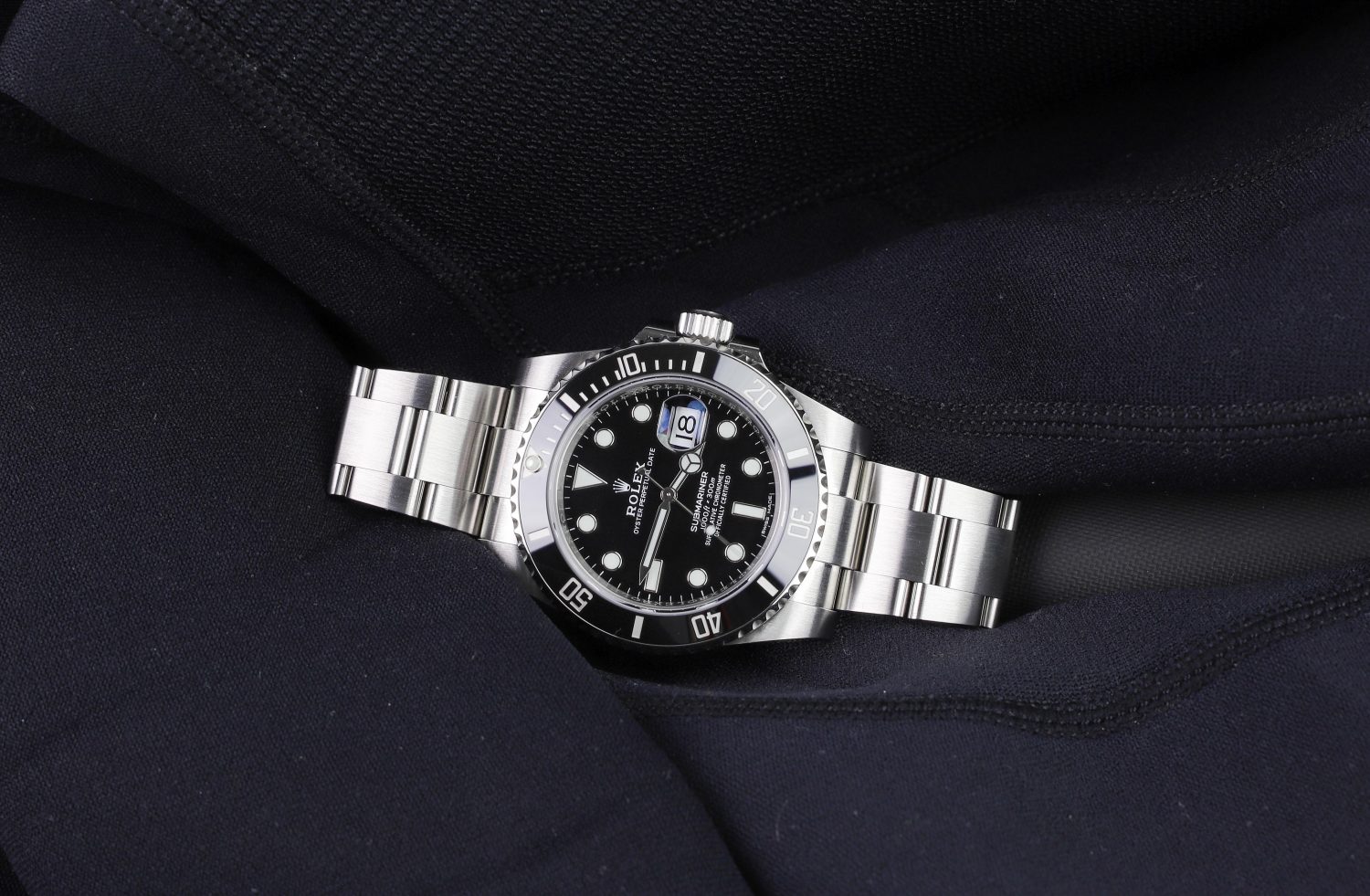
It’s also worth having in mind also that not all Rolex watches are created equal. Different watches take different times to produce, and to some extent, this can also be reflected in the price. For example, the Oyster Perpetual is the cheapest model from Rolex which is because it uses the most basic materials (almost solely stainless steel), and is the most simple in design.
A Rolex Submariner no-date, on the other hand, uses the same movement as the Oyster Perpetual, but costs considerably more. Much of this has to do with the fact that it has to go through more careful tests to ensure its water resistance, but also because it takes more time to produce parts such as the ceramic bezel, for example. This makes it even more difficult to say a generic time for how long it takes to make a Rolex watch.
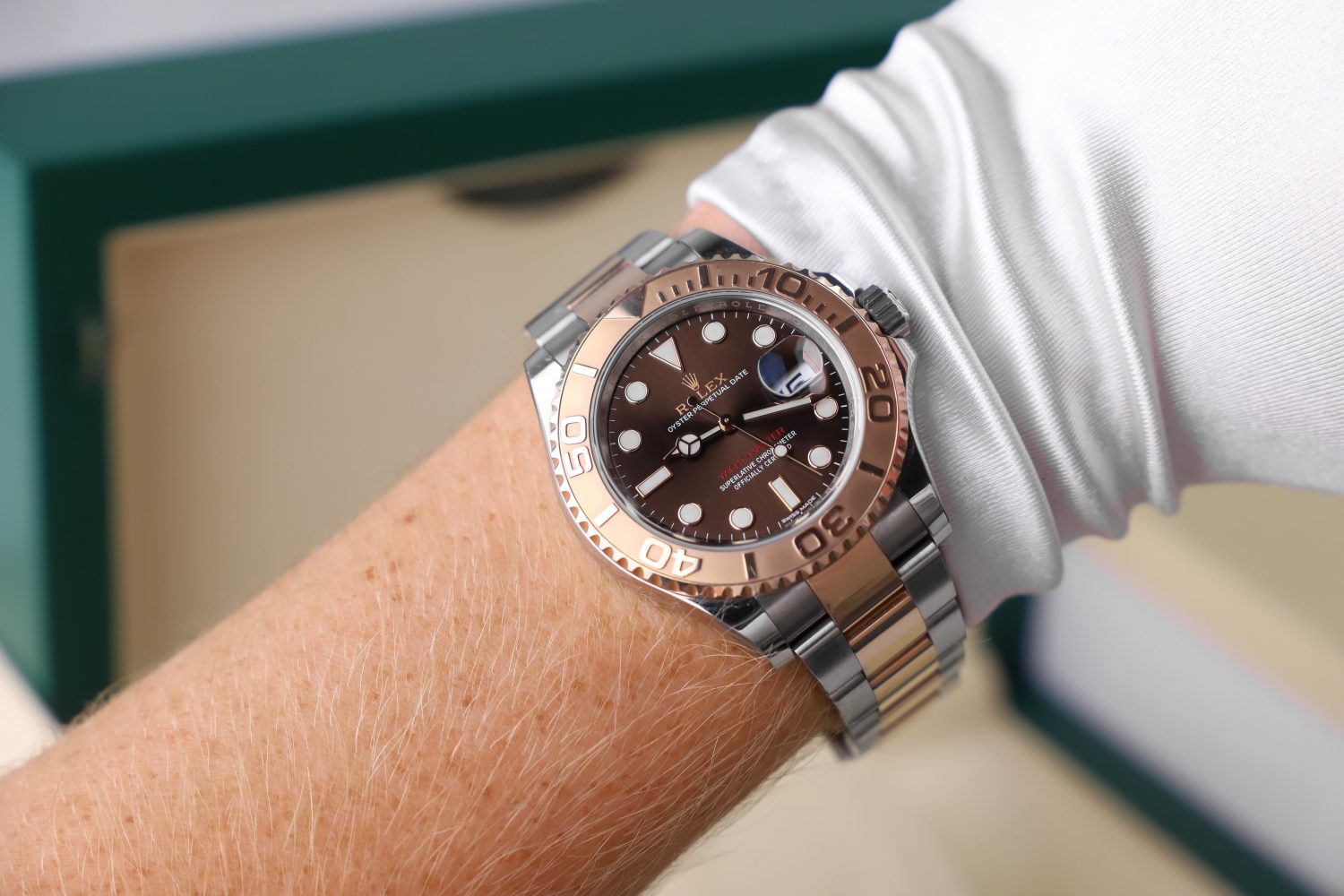
For example, it said on Rolex’s website that the ceramic bezel takes 40 hours to make, and this may very well be true. But at the same time, it’s worth having in mind that Rolex is not manufacturing one single ceramic bezel at a time. instead, they may have hundreds of bezels in production simultaneously. Additionally, while the bezel production is in full swing, the rest of the production does not stop. So as you can see, the true answer to how long it takes a Rolex watch also depends on how you count.
One possible definition would be that a case is made and goes through its production process and is then stocked on a shelf. Then the rest of the pieces are added to it and it is assembled. And lastly, it is COSC tested, packaged, and sent to a retailer.
If it would take one year to make a Rolex watch, it would mean that they would need several hundred thousand watchmakers to do just the assembly, and it’s easy to understand that Rolex does not employ that many watchmakers.

Rolex production
Now, when talking about the production time for a Rolex watch, it’s also worth bringing up how many watches are produced by Rolex each year. As mentioned, there are no official production numbers as Rolex is a private and very secretive company, but estimates are that Rolex produces over 2000 watches per day. The yearly production is estimated between 700,000 and one million watches per year.
@vjb.knife on Watchuseek summarized the issue of Rolex production time very well:
You would have to know things like these:
- Facility size and design
- Corporate strategies
- Size of the manufacturing and management workforce
- Work hours and shift utilization
- Workforce vacation schedules
- Shift schedules- does Rolex run its assembly lines 24 hours a day?
- Manufacturing methodology and efficiency including parts coordination
- Capital planning past and present
- Machinery types and usage
- Maintenance schedules and machine downtimes
- Maintenance workforce schedules and efficiency
- Preventive maintenance impact on machine usage
- Backup machinery availability and usage
- Retooling downtime
- Outage times, both scheduled and unscheduled
- Material delivery schedules
- Spare machine parts availability and lead time
- COSC testing time
- Packaging and final preparation time
… And many more things that we cannot know without an in-depth examination of Rolex’s manufacturing, procurement, and operations planning.
If it took a year to make a Rolex, it would mean that they have roughly three-quarters of a million watches in the process of production at any given time.

Then there is the question of how Rolex manages its production chain.
Either Rolex could make many of the parts in advance, in batches, and hold them in inventory; or, Rolex could make all the parts in parallel, practicing “just-in-time” supply to the assembly lines. This will naturally also affect the total production time of a single Rolex timepiece.
The next question is whether Rolex has parallel assembly lines for all of the most popular models.
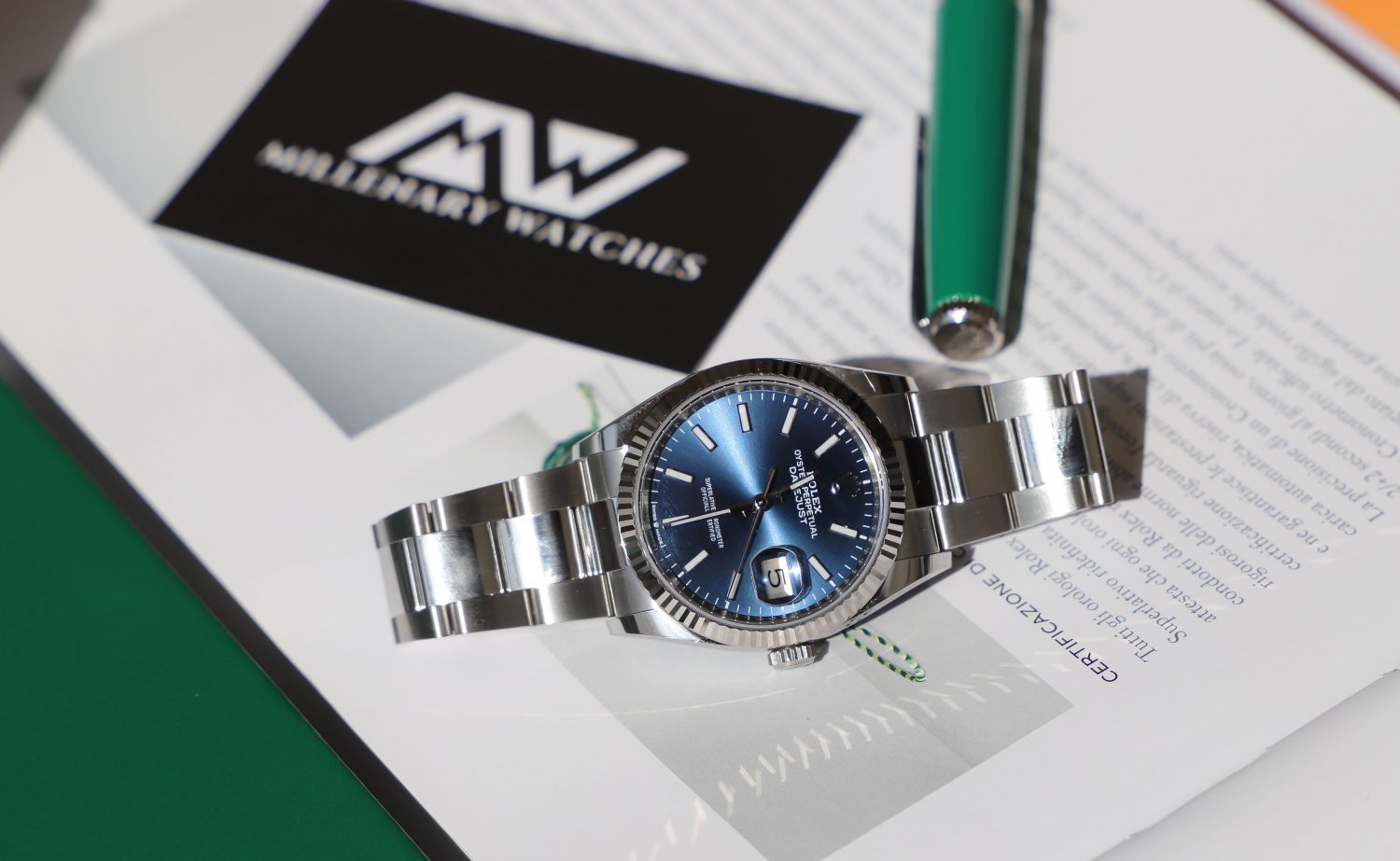
Information we have about Rolex production, however, is the following, as stated by a member on the watch forum Watchuseek:
- ”In 2009, Rolex submitted 607,512 watches for COSC certification.
- In 2009, there were 31,536,000 seconds in the year
- So at 100% efficiency (impossible), a watch was produced every 51.9 seconds on average
- We can say with 100% confidence that a Rolex was produced less than every 51.9 seconds on average in 2009.
- How much less than 51.9 seconds gets into the rate and efficiency data that we do not have access to which you were trying to illustrate? To be fair, I doubt in reality this average rate reflects a multi-step component fabrication, assembly, and release process
- I doubt the net process efficiency is beyond 65%.”
While a watch was produced every 51.9 seconds on average, it does not mean that each Rolex watch takes 51.9 seconds on average to produce. Again, this has to do with the fact that Rolex produces a large number of watches simultaneously, and there are constantly watches in different stages of the production chain.
If we are to play with numbers, with 2,000 watches a day and an eight-hour shift, that comes out to a little over four watches per minute.
Rolex movements/calibers
A few years ago, it said on Rolex’s website that it takes up to a year to make a Rolex movement. This statement can be interpreted in different ways, and it is a really interesting topic to discuss.
Some people have interpreted that as the fact that it takes one year to make a single Rolex watch, but based on the information mentioned earlier, it’s evident that isn’t the case.
On Rolex’s website, it says that it can take up to a year to make a movement, and this is obviously very misleading. It is fully possible that it takes a year to engineer a new movement from scratch, but certainly not to assemble one.
Assembling a Rolex movement is a tedious job that demands skilled watchmakers, and considering this is completely manual labor, this is, of course, the single part of each Rolex watch that takes the longest time to assemble
Reasonably, it would take a maximum of a few hours to assemble a Rolex movement, and that is probably a generous time estimation. The general time estimation is that it takes around 3h30min–3h40min for a Rolex watchmaker to assemble the complete watch from scratch. This is when a watchmaker has all the parts completed.
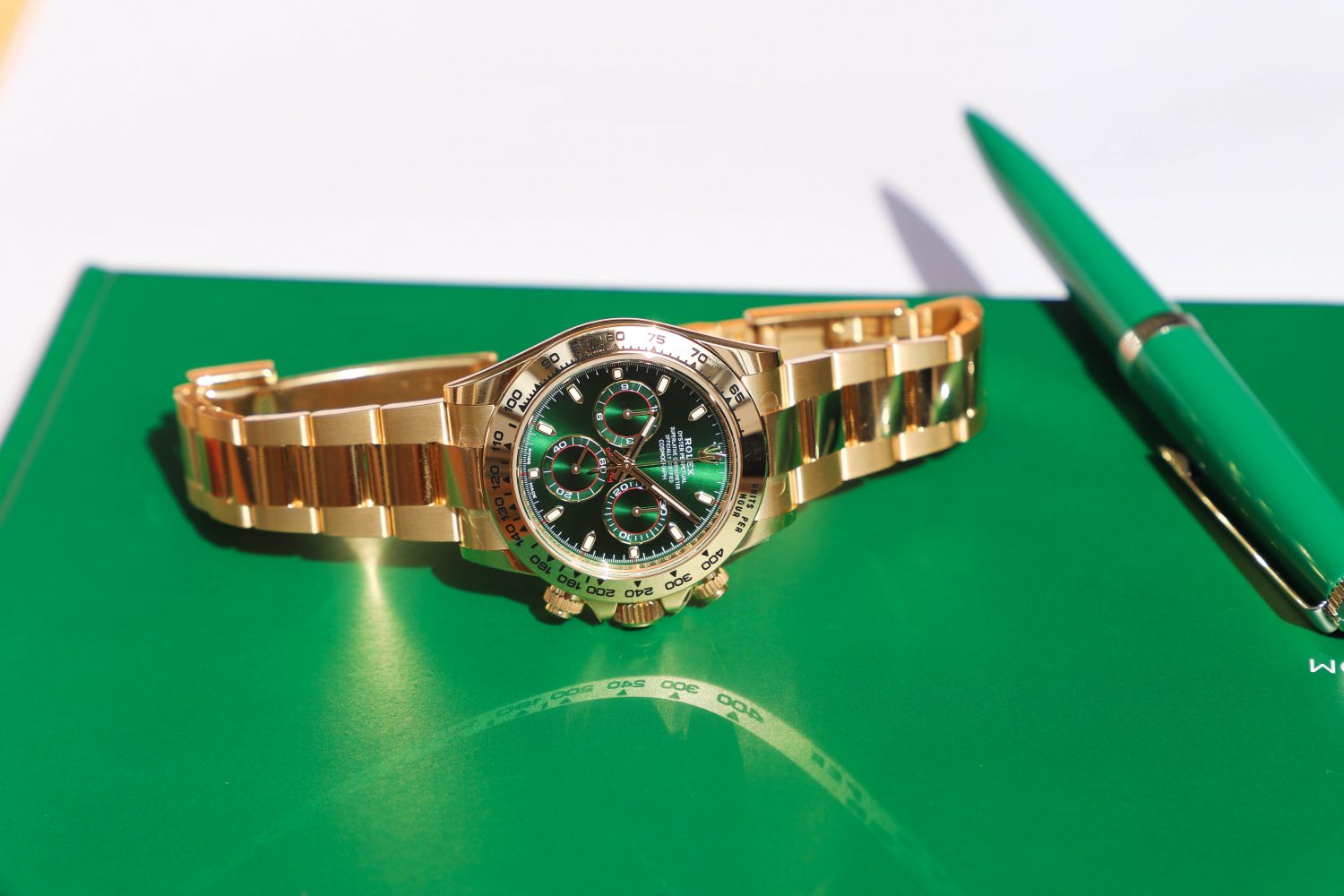
Conclusion
As stated in the beginning, we will never know for sure the total production of a single Rolex timepiece until Rolex comes with up-to-date official numbers. Everything else is estimates and estimates based on the little information we have today.
From Rolex’s side, it is very good marketing to have the general population believing that it takes a year to make one single Rolex watch, but again, this depends on how you count. But the truth is that at least the assembly of a Rolex watch can be completed in a few hours.
Some people may find peace of mind by having the belief that their Rolex watch takes one year to make from scratch as it increases the sense of exclusivity and luxury, but this is not the case.
But regardless, we can agree on the fact that Rolex makes amazing, high-quality, and reliable timepieces. This is something that no one can argue.






Informative article, exactly what I was looking for.
this past year it was estimated that rolex produced 800,ooo watches which works out to about three hundred and eighty highly skilled and trained watchmakers per day, to do one hour of work on a watch. I believe the rolex is much more macchine made then they would like to admit. its a good watch but there are several other watch makers that are as good or better for about half the price depending on model. What rolex excells at is marketing
Hi John,
Thanks for sharing your thoughts! Yes, a big part of Rolex’s manufacturing process is made by machine. However, every step in the production that is made by a machine is controlled by a man, and every step in the production made by man is controlled by a machine.
Kind regards,
Millenary Watches
I have been pointing this out for many years, that there is more hype than anything else around Rolex. 50 years ago I was bought a Tissot seastar, I was 19, now I’m 69, never ever had another watch and it’s never let me down, looks as good today as ever. At the time it would have cost around £100, ok a lot for 1972 but it shows me that there are great quality watches out there that do not cost £12,000/ £15000/ £24000 etc. Rolex are clearly good but colossally over priced and when they go in for a service it’s another giant rip off, I honestly would not want one, they are for posers.
Thanks for sharing your thoughts! They are definitely not for everyone. And there are indeed many other great options out there.
Kind regards,
Millenary Watches